This application was presented at The Wrong, the largest and most comprehensive biennale celebrating digital art today. A global event aiming to display digital culture, open to participation, and spreading its content through online pavilions: virtual curated spaces in any online accessible media where selected artworks are exhibited.
Mutant Club proposes an immersive and multisensory experience based on Virtual Reality, interactions, and sounds, curated by Enrique Salmoiraghi.
Featured artists
Federico Marino / Miguelangelo Rosario / Simon Falk / Alexander Wurts / Glitch_Ω / Emidio Bruno / Noke Yuitza / Luisa de la Rosa / Pure Honey / Zeat / P.C.T / Gustavo Fajardo / Frenetik Void / Rollercoasterwater / Diuhn / Ville Kallio / Daniel Vasconcelos / Dennis Richter / Jake Ball.
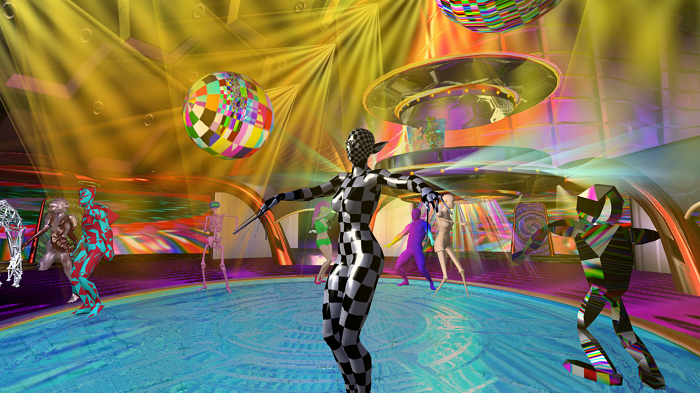
Deep & synthetic sounds are seeping through the walls of this floating UFO, giving the art revelers, a hint of what’s hidden on the inner side. But within these organic shapes, a different kind of experience awaits: a club for all those mutants living on the Inter-net-space where diversity reigns and the limits of consciousness are constantly being pushed.
To celebrate integration, the club admits every form of posthuman life. The code is to follow its own personal style and be open to meeting a variety of humanoids, avatars, aliens and any kind of digital lifeform who are welcome to party in this cyber happening.
This pavilion proposes a VR immersive and multisensory experience on the craziest virtual dancefloor. An opportunity to dance among living artworks and enjoy hot music.
Come and join the party! www.mutantclub.net
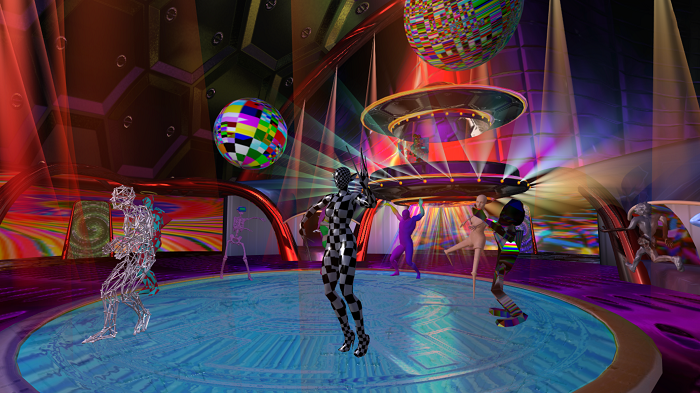


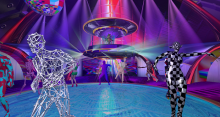

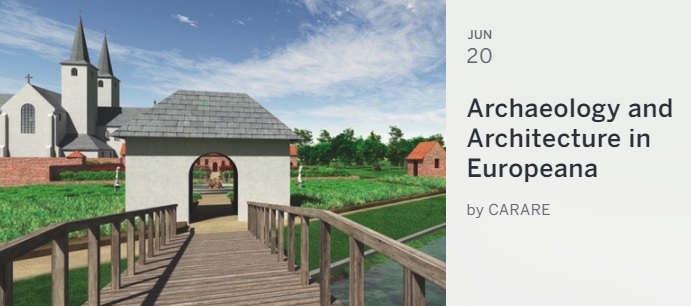 This workshop will explore how digital content for the archaeological and architectural heritage can be made available to users of
This workshop will explore how digital content for the archaeological and architectural heritage can be made available to users of 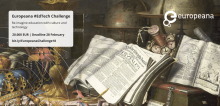
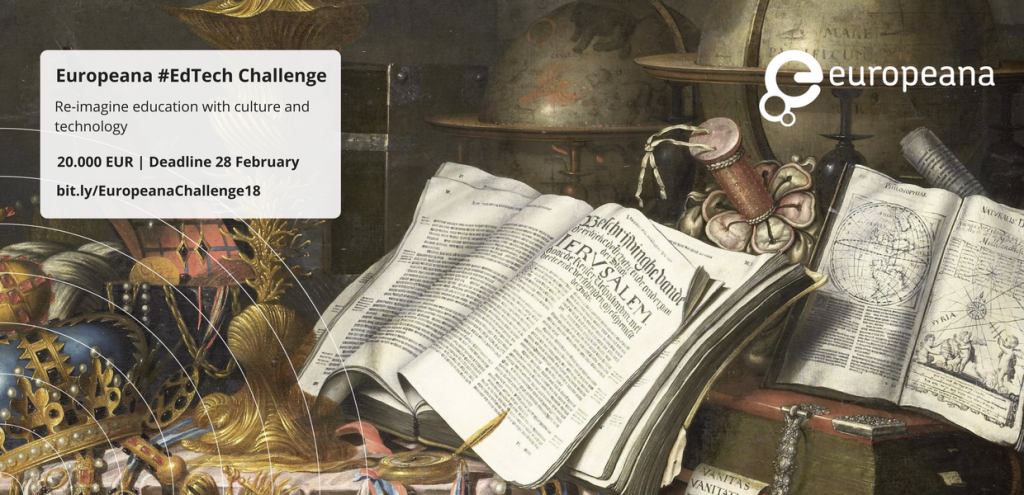
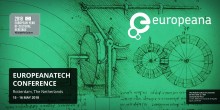
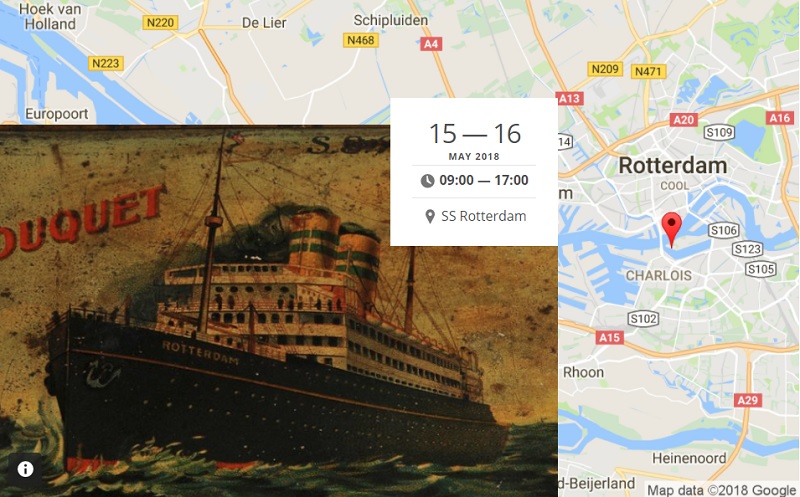

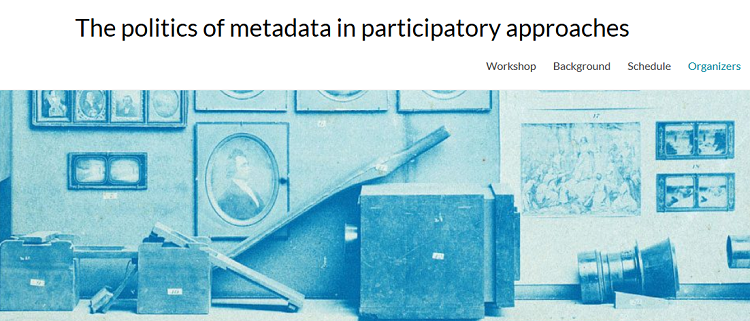

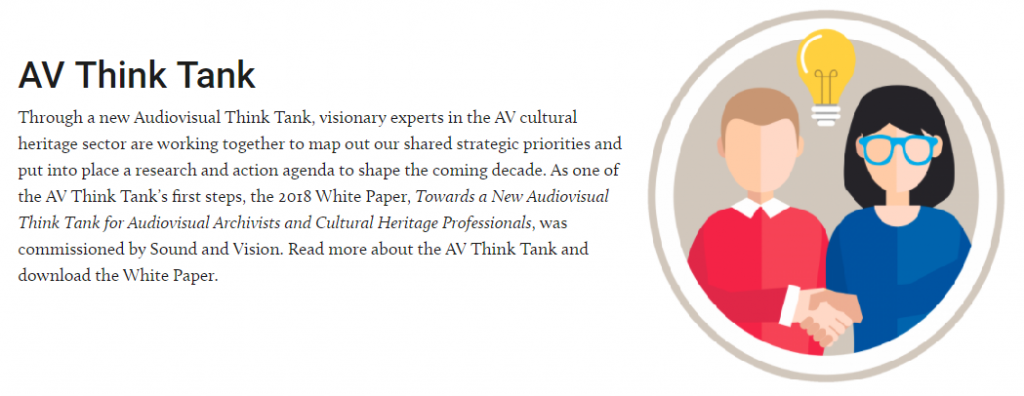
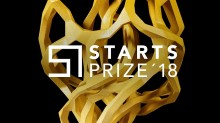
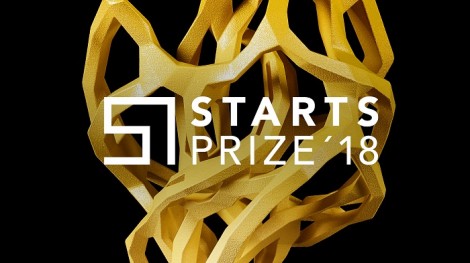

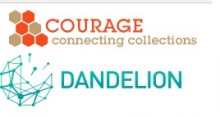
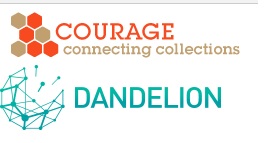
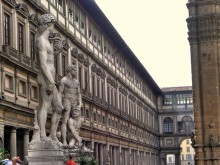
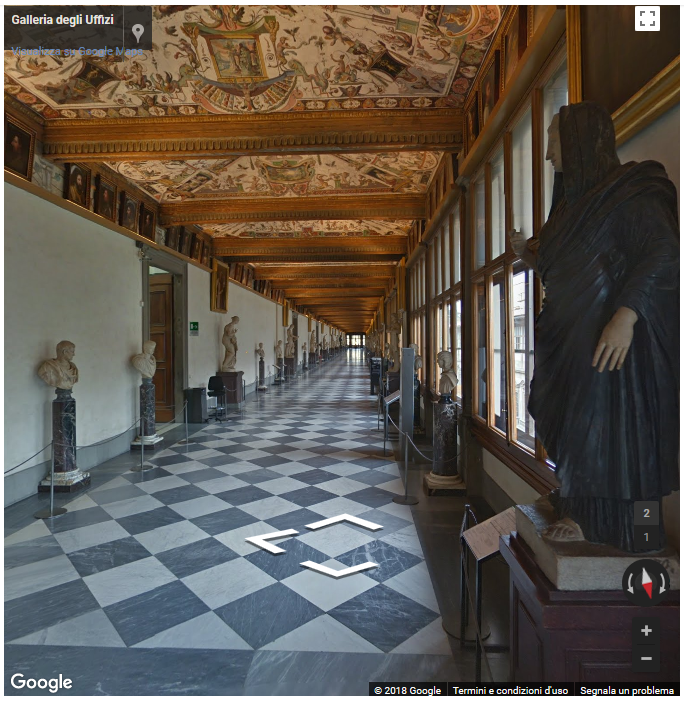
 If you have interesting news and events to point out in the field of digital cultural heritage, we are waiting for your contribution.
If you have interesting news and events to point out in the field of digital cultural heritage, we are waiting for your contribution.







































